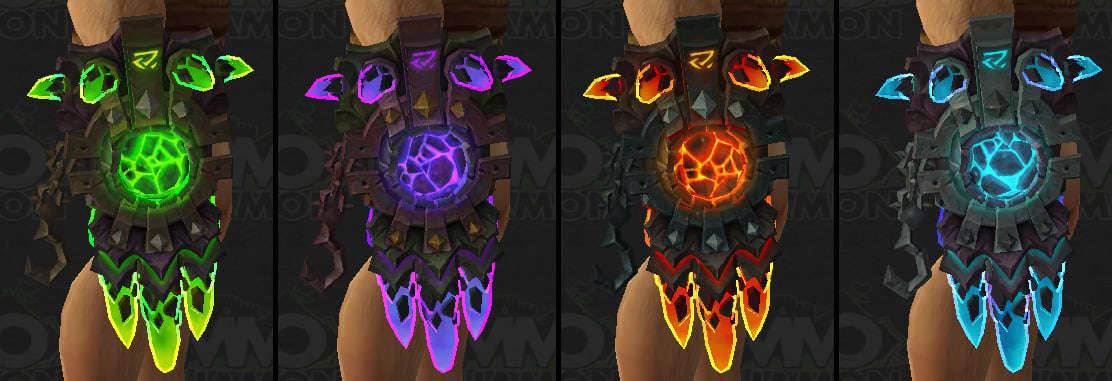
enabling write access on the folder with the command sudo chmod -R g+w clients.changing ownership of the output folder to the www-data group with the command sudo chown -R :www-data clients.

#BUILD ARTIFACT MEANING INSTALL#
Next you need to install the Copy Artifact plugin in the Manage Plugins section of Jenkins. Next add another post-build action ‘Build other project’ and enter the name of the build item you created earlier.
#BUILD ARTIFACT MEANING ARCHIVE#
Add the type of files you want to archive (and eventually, copy and export).

Create a post-build action and select ‘archive artififacts’ from the drop down menu. Go to your client project and select configure. Its purpose will be solely export the files from your client project to a folder of your choosing on the server. Select 'New item' from the main menu and call it something like "-Output".

If you have not got this far then checking out the link to the tutorial earlier will help. Note, I'll assume you have a client project set up on Jenkins, and it is connected to your version control system. Luckily, a pairing session with Codurance Craftsman Samir pointed us in the right direction we thought we would set out our process below in case any other Jenkins newbies got stuck like we did. Frantic Googling had us going around in circles. Examples are a collection of compiled Java classes or a Java application packaged in a Java archive, a Web application as a directory structure or a Web application archive, and so on.
#BUILD ARTIFACT MEANING SOFTWARE#
However we got more than a little stumped when it came to deploying those assets to a new location on the server. An artifact is an assembly of your project assets that you put together to test, deploy, or distribute your software solution or its part. We then wanted to create a way for the client to be able to download their tested application. Thanks to an excellent tutorial from Jeff Shantz, it ended up being a relatively straight forward task. This week, one of our tasks was to set up Jenkins on a new server then add a client’s project for building and testing. Both Amir and I have just recently started at Codurance as apprentices.


 0 kommentar(er)
0 kommentar(er)
